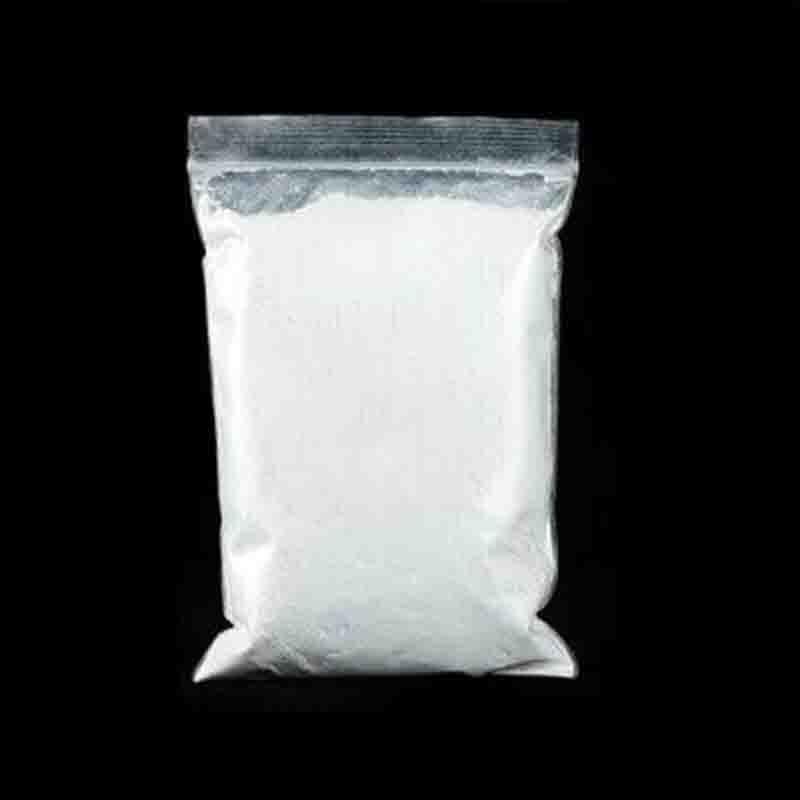Research has revealed the neural mechanisms by which the brain stores information in working memory.
-
Last Update: 2020-07-22
-
Source: Internet
-
Author: User
Search more information of high quality chemicals, good prices and reliable suppliers, visit
www.echemi.com
On March 5, the journal Neuron published a research paper entitled "working memory storage when transient neuronal activity regulates learning new tasks in the non granular insular cortex".the study was completed by Li Chengyu research group of brain science and intelligent technology innovation center of Chinese Academy of Sciences, Shanghai brain science and brain like research center and State Key Laboratory of neuroscience.working memory is a basic cognitive function of the brain to store and manipulate information at the second scale. It is not only the basic needs of people's daily life (as shown in Figure 1a), but also the basis of many unique advanced cognitive functions of human beings, such as reading, thinking, language learning, etc.how does the brain store information in working memory? After about half a century of research, scientists believe that there are two possible neural mechanisms (Fig. 1b): 1, persistent coding; 2, transient coding.the former thinks that the brain only needs a small amount of continuous discharge of neurons to store information, while the latter thinks that the brain is more inclined to use a large number of neurons to store information through transient discharge (at the single cell level).Although previous studies (based on electrophysiological records) have shown that both information encoding methods may play a role, however, due to the limitations of previous experimental techniques, there is no direct comparison between the two information coding methods and the behavioral regulation of working memory.therefore, in this study, the researchers used behavioral, photogenetic, electrophysiological and other means to conduct in-depth research on this issue.Fig. 1 (a1-a2) an example of calling working memory function in life and related scientific problems (A3).(b) there are two controversial storage mechanisms of working memory information.(c) head fixed mice behavior training device.(d) a behavioral paradigm of working memory based on olfactory stimulation.first of all, the researchers successfully developed a working memory behavior paradigm based on olfactory stimulation (Fig. 1c and 1D) and an efficient and stable behavior training system (Fig. 2A1, after 5 days of training, the correct rate of behavior performance can reach more than 80%).furthermore, through the method of disproportion, the researchers conceived a set of feasible experimental schemes, that is, by down regulating (Fig. 2A2) or up regulating (Fig. 2A 3) the behavioral level of mice, and then monitor the changes of transient and persistent neurons (Fig. 2a4-a5).researchers found that inhibition of electrical activity in the delayed phase of the agranular insular cortex (AAIC) by means of photogenetics can significantly down regulate the performance level of mice in performing working memory tasks during the learning period.combined with three groups of controlled experiments, they confirmed that the AAIC brain region was mainly involved in the short-term information storage process of working memory, rather than encoding sensory information, motivation level, or motor control.further, the researchers found that inhibition of the projection from the medial prefrontal cortex (mPFC) to AAIC (Fig. 2b) also effectively downregulated the behavioral performance level (Fig. 2C) and the proportion of transient neurons in mice, but no consistent change was observed in the proportion of persistent neurons (Fig. 2D).in contrast, activation of projections from mPFC to AAIC (Fig. 2e) significantly increased behavioral levels (Fig. 2f) and the proportion of transient neurons (Fig. 2G).the results suggest that transient neurons, rather than persistent neurons, are more closely related to the behavioral performance of mice in performing working memory, that is, the neural mechanism of transient coding is more likely to be responsible for storing information in working memory.Fig. 2 (A1-A5) experimental design.(A4) definition of transient and persistent neurons.the red and blue lines respectively represent the response level of the same neuron to different sample odors (i.e. S1 / S2 odor in Figure 1D).(b) the pattern map of the projection from mPFC to AAIC was inhibited by photogenetics.(c) behavioral effects of inhibiting the projection from mPFC to AAIC.(d) inhibition of the projection from mPFC to AAIC affected the proportion of different neuronal groups.(E-G) the behavioral and electrophysiological results of activation of projections from mPFC to AAIC are the same as (B-D).to further verify this conclusion, the researchers designed a second set of experiments (Fig. 3a).the basic logic of this group of experiments is to artificially add different interference stimuli in the process of working memory, and monitor the correlation between transient and persistent neurons and the ability of mice to resist external interference, so as to speculate which neuron group is responsible for storing information in working memory.the results showed that when mice successfully resisted weak interference (Fig. 3C) (Fig. 3b), the proportion of transient neurons increased significantly (Fig. 3D).on the contrary, the proportion of transient neurons did not increase correspondingly if the complex interference stimuli (Fig. 3f) were not effectively resisted (Fig. 3e).however, there was no significant change in the proportion of persistent neurons in both groups.the results suggest that transient neurons can be used to resist external interference, so as to ensure that the brain can accurately store task related information and perform tasks successfully.combined with the above two groups of experiments, this work strongly demonstrates that transient neurons, rather than persistent neurons, are the key components responsible for storing information in the process of working memory. That is, under the current experimental conditions, the brain tends to store information in working memory through the neural mechanism of transient coding.this work is mainly completed by Zhu Jia and Cheng Kai, PhD students, under the guidance of researcher Li Chengyu. Assistant researchers fan Hongmei, engineer Chen Yulei, experimenters Hou Ruiqing and Chen Zhaoqin have also made important contributions. this work is supported by the National Natural Science Foundation of China (NSFC), Shanghai Science and technology major project, Chinese Academy of Sciences strategic leading science and technology special project, NSFC MAJOR instrument development project, CAS Key frontier project, CAS instrument and equipment project, Shanghai Science and Technology Commission key project, Sino Dutch brain cognitive project and other projects. Fig. 3 (a) experimental design. (b) it has a simple behavior paradigm of disturbing stimulation. (c) the effect of interference stimulation on behavior performance. (d) the effect of interference on the proportion of transient neurons. (E-G) the effect of complex interference stimulation on behavior performance level and transient nerve ratio is the same as (B-D). source: Center for excellence and innovation of brain science and intelligent technology, Chinese Academy of Sciences (Institute of Neuroscience)
This article is an English version of an article which is originally in the Chinese language on echemi.com and is provided for information purposes only.
This website makes no representation or warranty of any kind, either expressed or implied, as to the accuracy, completeness ownership or reliability of
the article or any translations thereof. If you have any concerns or complaints relating to the article, please send an email, providing a detailed
description of the concern or complaint, to
service@echemi.com. A staff member will contact you within 5 working days. Once verified, infringing content
will be removed immediately.







